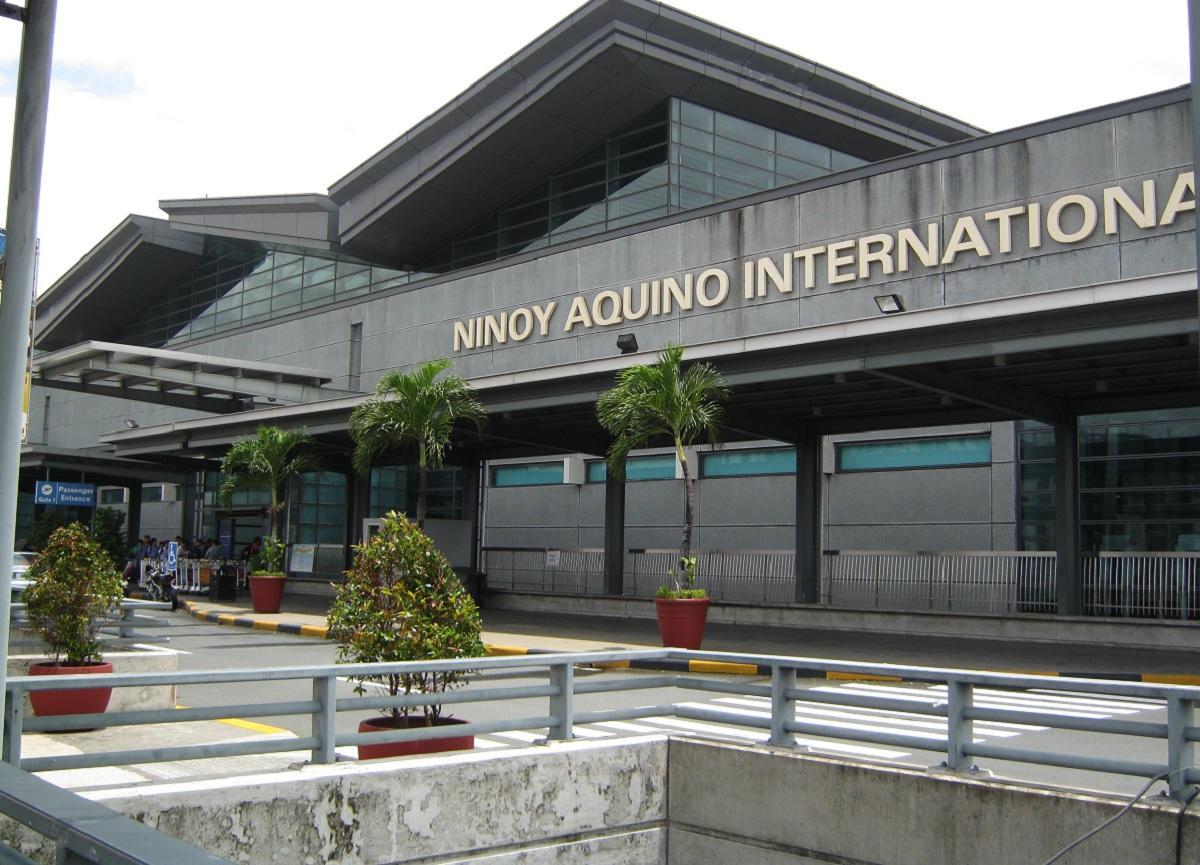Experience Pampanga like a local
Everybody’s Cafe, Aling Lucing’s Sisig, Clark — these establishments could very well be the gateway to Pampanga. But what do you do in the province when you've done all these?
When a dear friend suddenly had two weeks' vacation leave to use up ASAP, I and a couple other friends found ourselves tagging along with her to Pampanga. We were going to visit two of our other friends living in the province, who gladly toured and introduced us to little known establishments that were favorites among locals.
Those looking for a quick getaway near Manila may want to go to these places for a food-and-art trip.
Start with good food
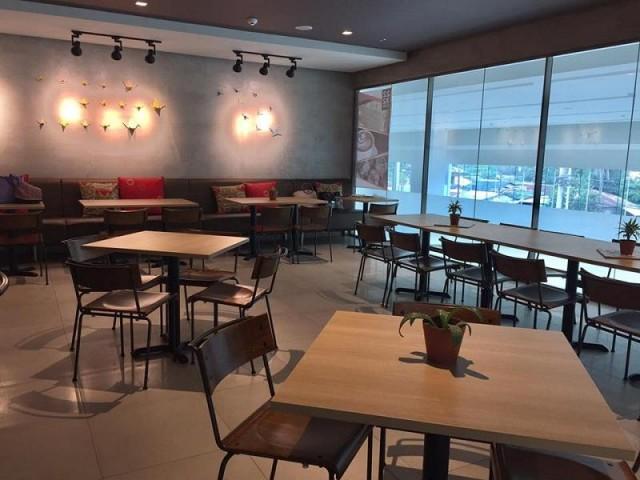
At the mezzanine level of Toyota Angeles, just a stone's throw away from Marquee Mall in Angeles City, is 2292 Cafe, where we had brunch.
Run by The Pan Bakeshoppe, the cafe’s cakes and baked goods are sure hits. Trust me, the ensaimada, served hot and oozing with butter and cheese, is a must-try. Not to be ignored is the calamansi muffin — not sour, not that sweet, just the right flavor.
They also had savory items, of which we tried the ham and cheese omelet and the tapsilog, which were great accompaniments to our never-ending kwentuhan.

Need a wellness break? Sign up for The Boost!
Stay up-to-date with the latest health and wellness reads.
Please enter a valid email address
Your email is safe with us
Boodle fight
Neneng’s Kamayan is that big bahay kubo sitting on the main road in Guagua. It was already past 2 p.m. when we arrived. There was hardly a lunch crowd left, but one can imagine this place to be full at night when the beer flows, the band plays, and the smell of inihaw entices when you pass by.
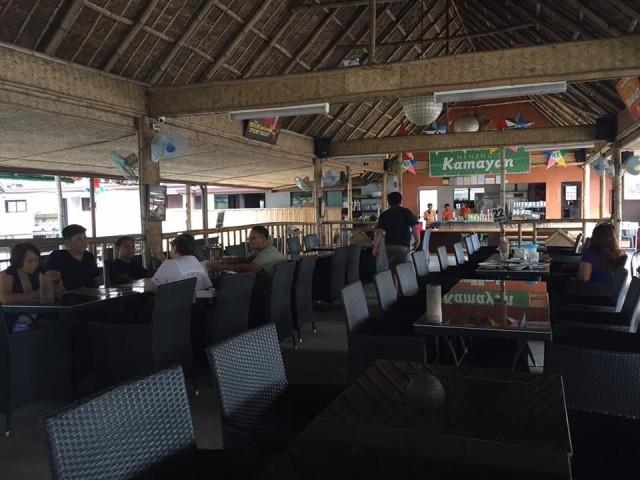
There were long tables and little huts at Neneng’s. We chose a long table near a huge electric fan to keep us cool from the midday heat.
Make no mistake, the thing to order here, especially when you’re a group, is the BFF aka Boodle Fight Feast. It's good for six to eight persons, or more if you’re not big eaters).
There are actually three BFFs on the menu, but diners can create their own BFF combination.
Our group chose BFF 3 (P2,000) because It had the most food: sinigang na ulo ng salmon sa miso, mixed veggies with buro, grilled pusit, nilasing na hipon, crispy pata, chicken barbeque, and steamed rice.
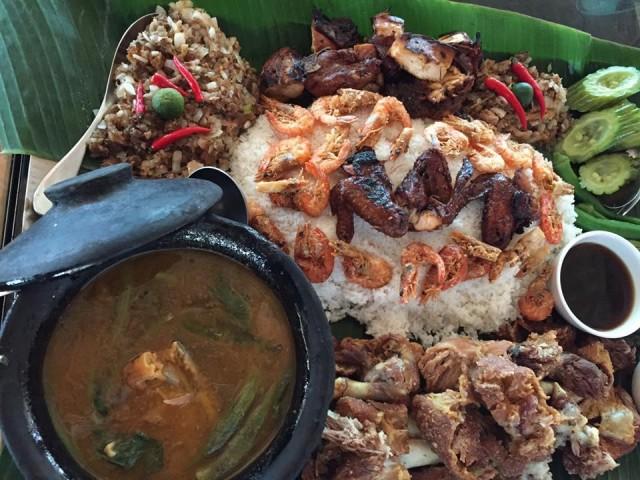
Our two Kapampangan hosts of course wanted the Manilenos to try their local delicacies, and so they ordered the exotic stuff for us to try. Aside from the BFF meal, we had the Pindang Damulag (P175) which is tocinong kalabaw, Adobong Pugo (P184), which is comparable to fried chicken, and kilawin na hipon, which was marvelous and refreshing on that hot day.
Pasalubong shopping
We were full but that didn’t stop us from shopping for pasalubong and because Pampanga is a food haven, that would be ... food, what else?
Our hosts took us to this unassuming house on Maglalang Street in Sta. Rita, which turned out to be where the favorite turrones de casoy and sans rival of generations of Kapampangans are made.
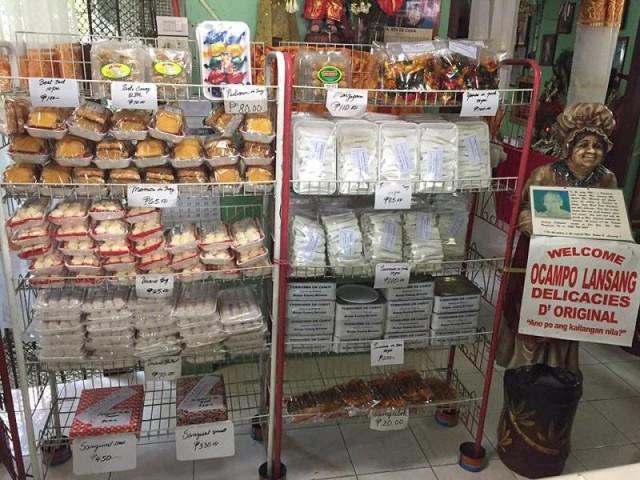
There was no sign at all, save for the “Open” signage at what looked like a sari-sari store. I guess it didn’t need a sign; residents knew and loved what they sold.
A peek through the grills of the counter showed goodies such as mamon tostado, merengue, cashew tarts, polvoron, uraro, sampaloc, marzipan, and yema, aside of course from the tin cans of turrones de casoy and the boxes of sanz rival (the store spells it that way).
The goodies are sold under the brand Ocampo Lansang Delicacies. We met Ramon Lansang, a nephew of the late Felisa O. Lansang, who told us that his aunt and her friends learned the recipes for turrones de casoy, sans rival, and other baked goodies from a Dominican sister back in the 1920s. They each put up a business, but to date only Mrs. Lansang’s business survived.
Our host said the sans rival is placed in a box that is wrapped with the same gift wrapper design the store has been using since he was young. It’s the same traditional buttery recipe passed on through generations and if you’re craving for real honest-to-goodness no frills sans rival, theirs fits the bill.
From something sweet, we turned to something salty; it was time for some chicharon.
Galan’s General Merchandise in Guagua is home to fat, sinful, salty, crunchy, and malaman chicharon (P125 for ¼ kilo) that you won't be able to stop eating, even with and perhaps especially when you have a cholesterol problem.
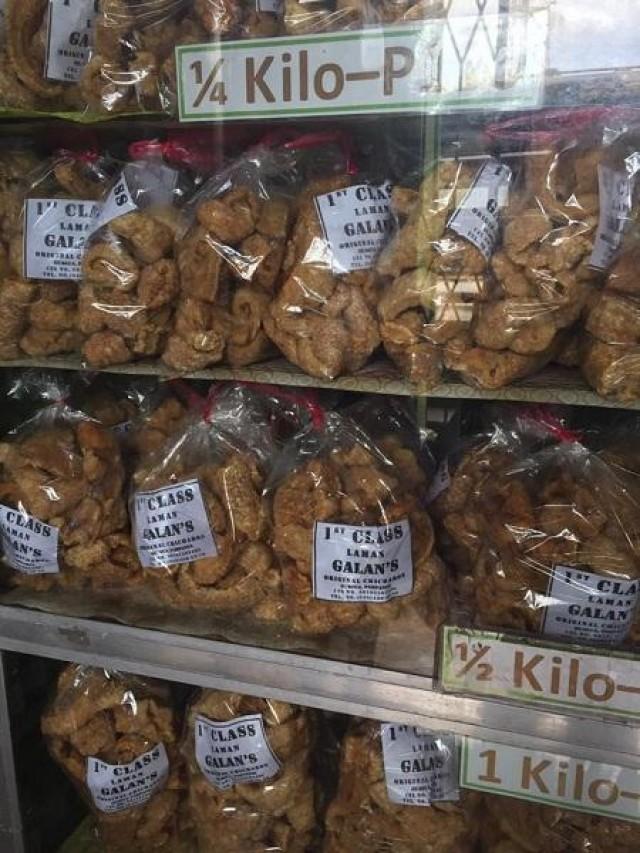
If the fatty chicharon isn’t to your liking, there’s a simpler leaner chicharon available nearby. On the road in Guagua leading to Capas, Tarlac, across the Km 94 Death March marker, there is an eskinita you have to walk on to get to an apartment where they sell Leslie’s chicharon, the type sold on buses at three packs for P100. When we arrived, the workers were putting the freshly cooked chicharon in packs. Of course, we had free samples to eat.
History, art, culture
The thing with Pampanga is that everything seems accessible. On our way to Galan’s, for instance, we passed by an old mansion in Guagua near the church. Looking elegant despite the untrimmed grass on its yard, the house built in 1932 is still intact and charming. No wonder it became the site where "Tanging Yaman" the movie was filmed.

Were it not for a friend’s eagle eyes, I would have missed seeing the Km 94 Death March marker by the roadside across the eskinita to Leslie’s since sand from a construction site blocked it partly from view. This was special to me, because there is no doubt my paternal grandfather Arturo P. Galarpe, an Army soldier, passed this way during World War II. He survived the Death March from Bataan to Capas, Tarlac.
We then went to Bacolor church which was half-buried by lahar when Mt. Pinatubo erupted in the 90s. What is now the church sanctuary was actually the choir loft. The church’s high windows were now on floor level, and outside, in the church’s backyard, verdant grass grew on top of the lahar. There is a cemetery beside the church, but now all that is gone, and relatives can no longer find the tombstones of their loved ones.
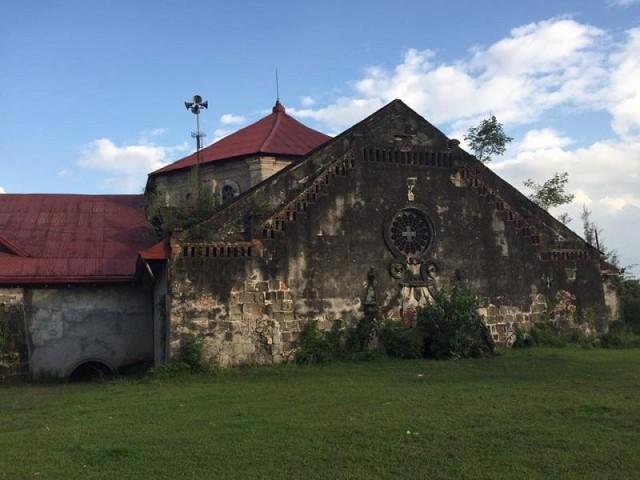
Because it was almost dinnertime, we were delighted to be taken to what we thought was an old house turned into a restaurant. It turned out to be a museum, and a special one at that.
This was the Bale-Balayan Museum of the Poor in Barangay Sta. Teresita in Angeles City. Established by dance artist Peter de Vera, the museum was envisioned to expose the disadvantaged youth to arts and culture.
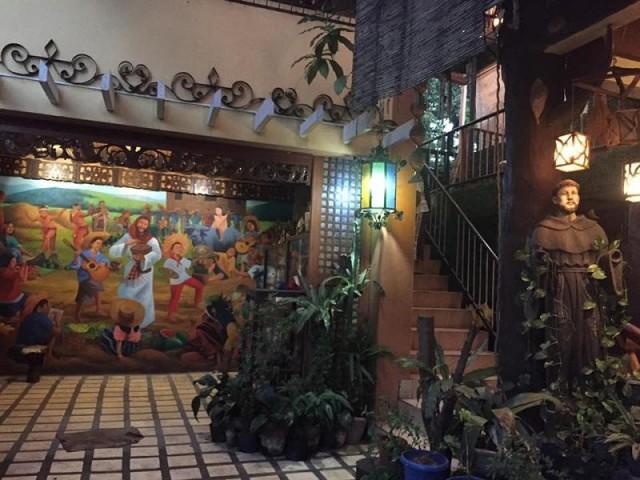
We were met by Chris, one of the teachers in the museum. He called for the children wards —referred to as Anak Bale-Balayan—and soon they enthralled us with dance and song, taking us on a cultural trip from Luzon to Visayas to Mindanao as we moved about the rooms of the museum.
Using traditional ethnic musical instruments such as angklung, kulintang, and agong, the kids performed as if they were on a huge theatrical stage, eager to showcase what they knew and impart to us what they felt burning in their hearts.
Then they asked us to perform with them. Assigning each one of us an angklung which plays a specific note, we performed "Atin Cu Pung Singsing", that traditional Kapampangan song, leaving us breathless with wonder at the end at what we had just done.
But wait there’s more. At the garden by the gate, they sang again, giving us a piece of homework: If we see a streetchild knocking by our window or begging on the street, we should give them something to help them survive the day--not money, but food for sustenance.
Then they asked each of us to give them our words of wisdom, and though unprepared and tongue-tied, we did, telling the wide-eyed kids to study well, love their parents, be the best they can be, and help society be better. In appreciation, they gathered us all in a group hug, and had that hug lasted a minute longer, I suspect we all would have cried.
Chinese dinner
Our hearts full, it was time to feed our bodies for the long trip back home. Our hosts took us to Fortune Hong Kong Seafood Restaurant on McArthur Highway in Balibago, Angeles City.
Over plates of traditional Chinese food and buchi and cups of tea, we processed what we just experienced. Hands down, the Bale-Balayan visit was the highlight of the day. It was an unexpected stop but a fulfilling one as our hearts were stirred to inspire other youths to reach their full potential.
What can we do? One of us said she always keeps food in her car and gives them away to street children knocking on her window. Another friend, the artist in our Varsitarian batch back in college, said he will draw something and give it to the museum. We discussed the homework given us, and we agreed to comply.
Soon it was time to head home. Outside the restaurant, the bar girls and their dates were walking on the streets, and on a dim road we passed by, there were hookers on standby for clients. On NLEX, traffic, even at that late hour past 9 p.m., was heavy. And though it took longer for us to go home, we were all grateful for a road trip that not only filled our tummies but stirred our hearts as well. — LA, GMA News

Need a wellness break? Sign up for The Boost!
Stay up-to-date with the latest health and wellness reads.
Please enter a valid email address
Your email is safe with us






